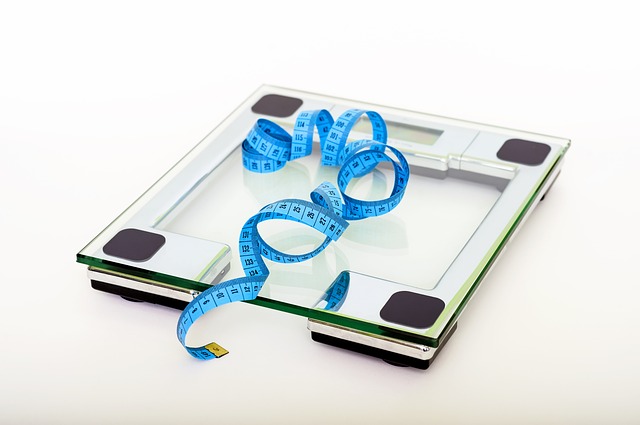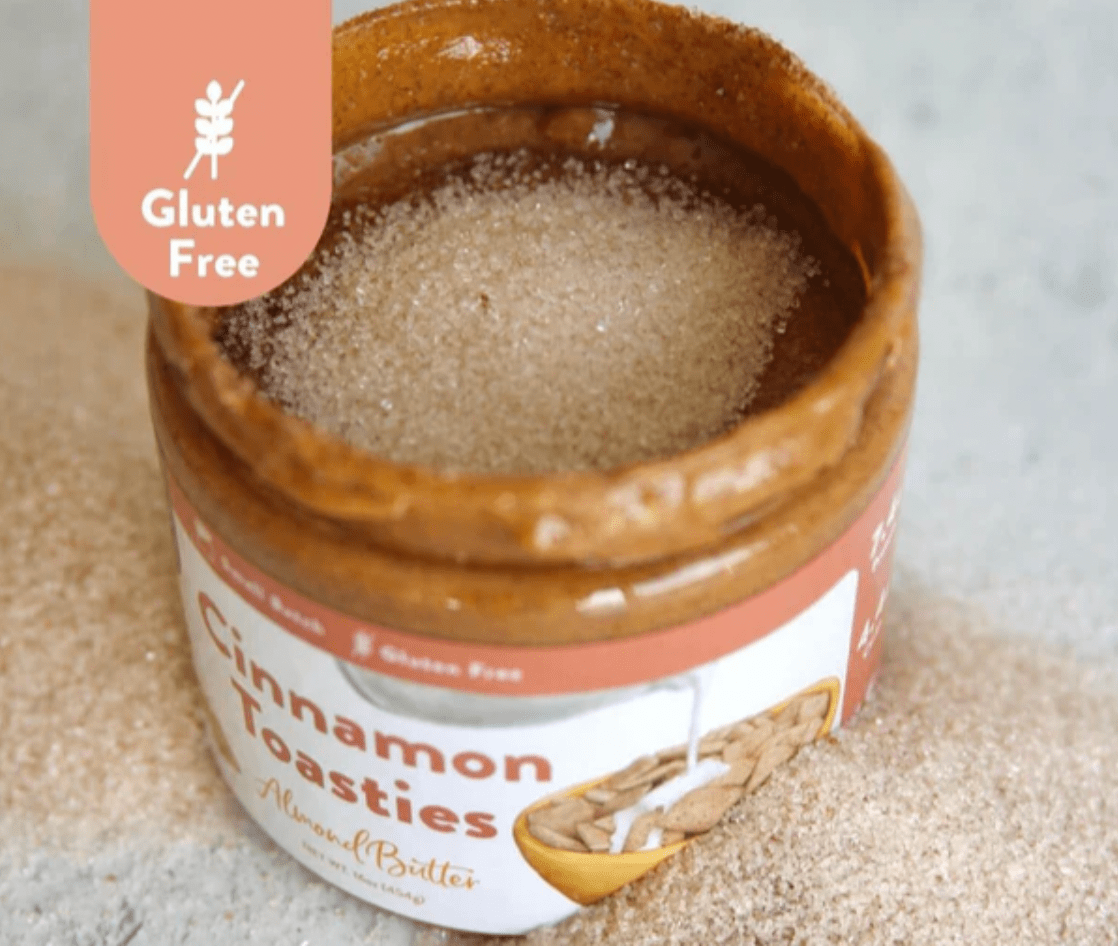Health
Experts Reveal Ways to Reach a Healthy Weight

Diets aren’t the way to shed your extra kilos. It is because they tend to create temporary eating pattern in your body and time which often leads to temporary results. A lot of dieters often gain their lost weight back as soon as they change to their old eating habits. So, how can you reach a healthy weight without rigorous dieting? What is the best way to shed extra weight and live a normal life? Weight loss is most likely to be successful when people are able to change their habits and replace their old self with new one.
Giving up unhealthy habits and switching to new and healthy behaviour is the first step to reaching a healthy weight for you. Some of the ways in which you can make it happen are given below:
Exercise
Constant physical activity helps you to burn those extra calories and make your muscles- and both are the best ways to make your look good and feel good. It helps you to shed your weight off in a desirable manner. Walking your family dog, cycling to school, jogging and doing other daily activities can help in making a difference. If you wish to burn more calories, then you can opt for rigorous workout session and add some strength building exercise too.
The more exercise you do, the higher calories you are likely to burn. You can also include running in your schedule. However, make sure you wear the right pair of shoes for it. Often a lot of people who suffer from plantar fasciitis are heavy on weight. It is important that you get the best running shoes for plantar fasciitis to avoid any problem from cropping up.
Reduce your screen time
People who spend a lot of time watching TV, smartphone, laptop, desktop or tablet are often seen to be overweight. You need to set up limited hours for watching TV, playing games and using smartphone, tablet and computer. Make sure you save enough time to go out and get enough sleep.
Look for portion distortion
Big meals add on extra kilos which cause excessive weight gain. Sugary beverages like cold drinks, juices, sports drinks, energy drinks are just empty calories adding obesity. So, eat small portions drink less of calories to cut it down.
Have 5 servings of fruits and vegetables daily
Eating fruits and vegetables give you the much need vitamins and minerals. They are packed with all the essentials your body needs. When you are full with these, you will never overeat.
Never skip your breakfast
Breakfast helps you start your metabolism during the day. It helps in burning calories and provides you energy to get going all through the day. People who skip breakfast feel a lot hungrier, hence they may consume more calories than they would have if they would have consumed their breakfast. So, do not skip your breakfast and eat healthy to enhance your metabolism.
With these tips, you can easily lose weight and live a healthy life.
Health
Snack Smarter: The Rise of Low-Calorie Almond Butter for Active Lifestyles

The snack aisle is shifting. For those who balance a busy life with a commitment to health and fitness, the rise of low-calorie almond butter offers a new way to snack smarter. American Dream Nut Butter is at the center of this change, blending clean ingredients with dessert-inspired flavors and added protein to create almond butter that is both nutritious and enjoyable.
Why Almond Nut Butter Is Key to Clean Eating
As consumers become more mindful of their food choices, the spotlight is increasingly on nutrient-dense snacks that provide sustained energy without excess calories. Almond butter, especially in low-calorie varieties, meets this demand by offering a rich source of healthy fats, fiber, and protein in a compact form. Compared to traditional spreads, such as peanut butter, almond butter often provides a smoother, lighter alternative with a different nutritional profile.
For those who track macros or embrace meal prepping, almond nut butter fits neatly into their plans. Its balance of fats and protein supports satiety, helping to keep hunger at bay between meals or during workouts. American Dream Nut Butter elevates this concept with high-protein options that blend the wholesome qualities of almonds with a subtle sweetness inspired by classic desserts.
How Much Protein is in Low Calorie Almond Butter for High Performance?
One common question around almond butter is: how much protein does almond butter contain? While natural almond butter provides a moderate protein boost, American Dream Nut Butter takes it a step further by creating blends that enhance protein content without relying on artificial sweeteners or fillers. This approach suits those seeking fuel for recovery or sustained energy throughout their day.
These protein-enhanced almond butters can work as a pre-workout snack, a post-exercise treat, or simply as a midday pick-me-up that aligns with a health-conscious lifestyle. The brand’s small-batch production method ensures each jar maintains a fresh, creamy texture that spreads easily or drizzles beautifully over everything from oatmeal to fruit.
Buy Almond Butter: Unique Flavors from American Dream

American Dream Nut Butter distinguishes itself with unique flavor profiles, such as Cinnamon Toasties and Cookie Batter. These offerings embrace the idea that healthful snacks can still delight the palate, using clean, natural ingredients to create indulgent taste experiences without sugar bombs or artificial additives. Each batch is hand-whipped in-house, reflecting the brand’s commitment to quality and care.
Their dedication to natural flavors and nutrient density allows consumers to enjoy a dessert-inspired snack while keeping their wellness goals intact. Whether you’re looking to buy almond butter that tastes like a treat or are curious where you can find almond butter crafted with both nutrition and flavor in mind, American Dream Nut Butter offers an accessible option.
Almond Nut Butter: Fuel for Athletes and Busy Parents
Almond butter’s versatility makes it appealing for a wide range of active lifestyles. For athletes, it provides a balanced blend of nutrients that supports energy and recovery without unwanted additives. For busy parents or professionals juggling multiple demands, it’s a convenient, clean snack that fits into hectic schedules without compromise.
The brand’s YouTube channel offers video insight into how these nut butters are crafted, revealing the hands-on process that ensures quality in every jar. By choosing American Dream Nut Butter, consumers support a product that embodies family values and a personal story of overcoming dietary challenges to create wholesome alternatives that everyone can enjoy.
Where Can You Find the Best Almond Butter & More? The Future Is Here
The growing interest in low-calorie nut butter reflects a broader shift in how people approach snacking—valuing nutrition, flavor, and mindful eating in equal measure. American Dream Nut Butter’s approach, which combines protein-rich formulas with all-natural ingredients and enticing flavors, shows how almond butter, peanut butter, and cashew butter can evolve from a niche health food into a daily staple for those who want to snack smarter.
For more on the evolving nut butter market and how it aligns with fitness trends, check out this feature on the rise of healthy high-protein nut butter. To explore American Dream Nut Butter’s full collection and shop their almond butter selections, visit their website.
American Dream Nut Butter invites you to experience healthy nut butters that strikes a balance between enjoyment and mindful nutrition—perfect fuel for active days and wellness routines alike.
*Images sourced from American Dream Nut Butter
-

 Tech4 years ago
Tech4 years agoEffuel Reviews (2021) – Effuel ECO OBD2 Saves Fuel, and Reduce Gas Cost? Effuel Customer Reviews
-

 Tech6 years ago
Tech6 years agoBosch Power Tools India Launches ‘Cordless Matlab Bosch’ Campaign to Demonstrate the Power of Cordless
-

 Lifestyle6 years ago
Lifestyle6 years agoCatholic Cases App brings Church’s Moral Teachings to Androids and iPhones
-

 Lifestyle4 years ago
Lifestyle4 years agoEast Side Hype x Billionaire Boys Club. Hottest New Streetwear Releases in Utah.
-

 Tech7 years ago
Tech7 years agoCloud Buyers & Investors to Profit in the Future
-

 Lifestyle5 years ago
Lifestyle5 years agoThe Midas of Cosmetic Dermatology: Dr. Simon Ourian
-

 Health6 years ago
Health6 years agoCBDistillery Review: Is it a scam?
-

 Entertainment6 years ago
Entertainment6 years agoAvengers Endgame now Available on 123Movies for Download & Streaming for Free
